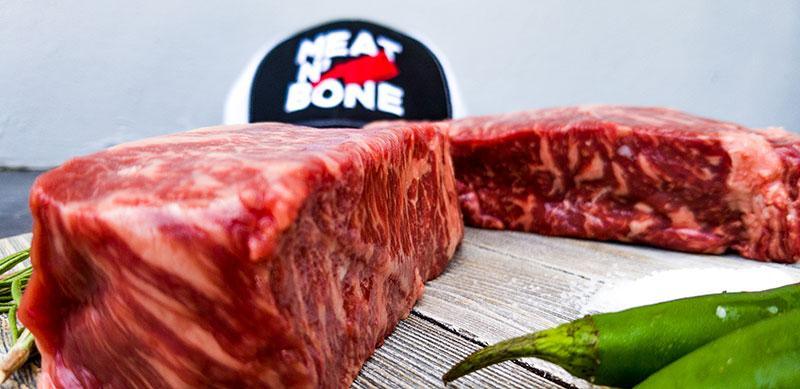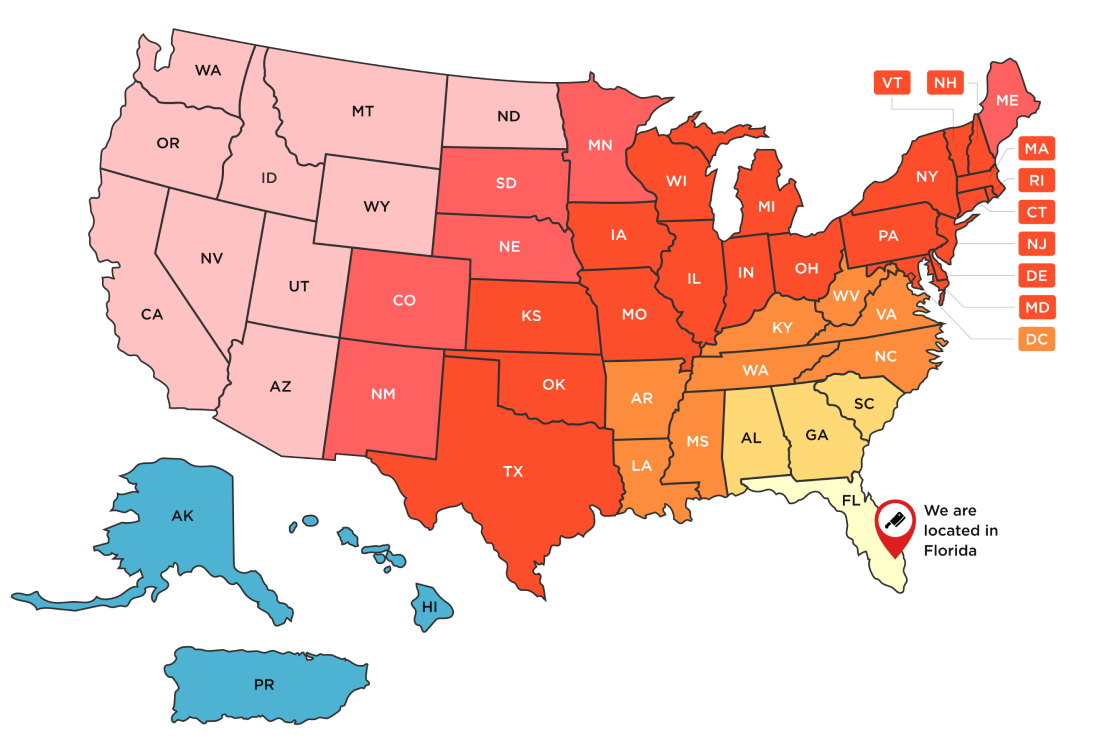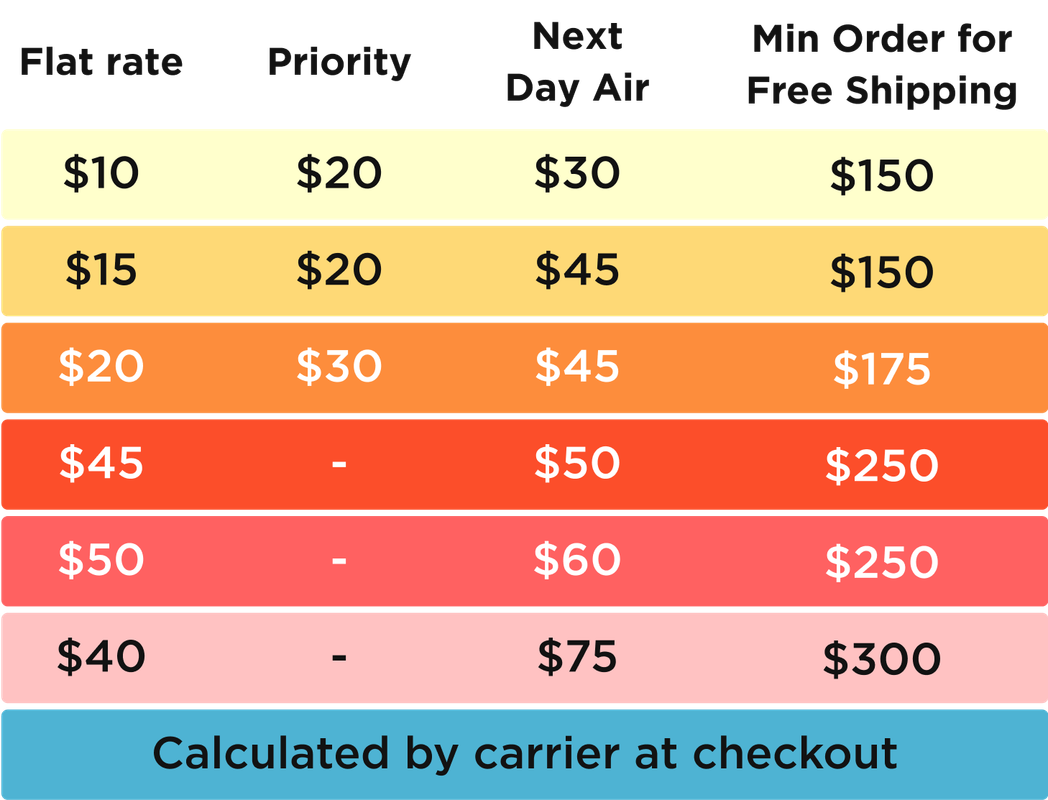
Beef Grading 201: How The World Grades Beef
After reading and understanding this guide on beef grading, you will know more about beef than 90% of the people out there.
From our experience and research, most consumers don't have a clue about the origins of their beef and fall victim to some very misleading marketing out there, especially when it comes to Wagyu beef grading. Unfortunately, they waste money on sub-par products and miss out on the culinary experience of eating amazing tasting beef that they were hoping for.
As you know by now, (from the previous article on this series, Beef Grading 101) the degree of of marbling on the Ribeye is the primary determinator of beef quality grade. From our Wagyu 201 article, you'll also learn that not all wagyu is the same.
Each country grades their beef differently. In the US, we follow the USDA grading (USDA Prime, USDA Choice) while others use letters and numbers like “A4”. Restaurants, supermarkets and butcher shops tend to mix-and-match these grades in their menus which can be very confusing.
How Beef Is Graded Around The World
The three predominant grading systems are the US, the Japanese and the Australian.
Here is a useful beef grading chart on how these systems compare to each other:

BMS stands for Beef Marbling Score and it is the easiest way to compare accross the different major grading standards.
The first thing you will notice is that the Japanese grades go above and beyond the US grades. That is because of Wagyu beef.
Wagyu beef is generally regarded as the highest grade due to its extreme levels of marbling.
Angus beef, which is the most predominant beef in America, averages a BMS of 2 but reaches a maximum BMS of 5. Grass-fed beef will grade Choice at best (very little of it may grade Prime but our grass-fed beef does).
Wagyu cattle averages BMS 4-6 but depending on genetics, nutrition, and age at time of slaughter, can go all the way up to BMS 11-12.
From a price-value perspective, our Wagyu-Angus cross offers a very interesting price point. We also love Japanese F1 Wagyu which is the perfect blend between the best of western and eastern beef standards.
The American Beef Grading System
The United States Department of Agriculture (or USDA), separates beef into eight different grades. The top five are sold to the consumer as cuts of beef, while the three lowest grades are typically only used for processed meats and canned meats.
Quality beef is usually graded USDA CHOICE and USDA PRIME.
The American system focuses on quality grades for tenderness, juiciness and flavor; and yield grades for the amount of usable lean meat on the carcass.
Recently, USDA collaborated with the United States Meat Export Federation and Colorado State University to develop an educational video about the beef grading process. This video provides a comprehensive overview of the beef grading system – from farm to table.
Restaurants generally only sell the three highest grades. High-end steakhouses only serve USDA Prime and/or Choice.
Above PRIME, the USDA is kind of abitrary. A USDA Prime steak will present 'Abundant' marbling. There are no official grades above 'Abundant' in the USDA specifications. The terms 'Very Abundant' and 'Extremely Abundant' are arbitrary.

CONSUMER BEWARE: The USDA grading system primarily focuses on factors like marbling, color, and maturity of the beef. While these are important, this focus neglects other factors that can also significantly impact meat quality such as the diet of the cattle, their living conditions, and the handling of the meat post-slaughter.
This means out of the three major grading systems the USDA is the one that leaves the most room for misinformation and many producers and retailers take advantage of it. This is why you will find a wide range in prices in USDA Choice and USDA Prime beef. The difference in quality even between two steaks with the same grade can be incredible.
The Australian Beef Grading System
The Australian beef grading system is known as Meat Standards Australia (or MSA) and is regulated by Meat and Livestock Australia (MLA).
The MSA is a relatively new grading system and it is not very popular (yet). When calculating the MSA grade for beef, a number of attributes are measured such as meat color, marbling, fat depth, carcass weight, maturity and pH. It is very comprehensive.
The MSA marbling system is graded on a scale of 100 (no intramuscular fat) to 1190 (extreme amounts of intramuscular fat) in increments of 10.
The older standard is the AUS-MEAT grading, which goes from 0 to 9. It is VERY similar to BMS as it provides an indication of the amount of marbling in beef. It uses a scale of 0 (no intramuscular fat) to 9 (extreme amounts of intramuscular fat) in increments of 1.
So basically, an AUS-MEAT Grade 5 will USUALLY be graded MSA 700-800. Kind of confusing, isn't it?

The Japanese Beef Grading System
The Japanese system is the most detailed. The grading of meat is managed by the JMGA (Japanese Meat Grading Association) Beef Carcass Grading Standard.
The overall grade consists of two grades: Yield Grade (designated by a letter) and Quality Grade (designated by a number).
Yield Grade measures the amount of usable meat on a carcass and range from A (the highest) to C (the lowest).
“A” usually means the cow was a fulblood Wagyu. “B” is usually a crossbred Wagyu. “C” is usually for Angus or Wholestain cattle.
Quality grade is calculated by evaluating four different factors:
1) Meat marbling
2) Meat color and brightness
3) Meat firmness and texture and
4) Fat color, luster and quality.
Each factor is grade from 1 to 5, with 5 being the highest score.

Sometimes It's Ok To Forget The Grades
And yet, many meat experts are of the mind that these rating guides put too much emphasis on marbling and that they may be unfair. This is actually a fair point. The argument can be made that more important than marbling is the actual source of the beef as well as what the cattle eats. After all, our premium reserve beef is of extremely high quality, but when we have it graded, it's been graded as high level USDA Choice.
The best grass-fed beef in the market will also grade CHOICE at best. Yet, our Grass Fed NY Strips and Ribeyes are extremely juicy and tender. Many of our high end customers prefer them to much more expensive cuts.
Our USDA Prime steaks, aged for 30 days, are as good as any high-end wagyu steak and that is mostly because after BMS 5, it's a matter of preference, just like 45+ days aged beef.
A good USDA Choice steak, such as the ones WE sell, can be as good as a USDA Prime steak.
At Meat N' Bone, we focus on high-end steaks. Every one of our products grades BMS 3+ whether you prefer grass fed, more marbling, mid-west beef or aged steaks. It is up to you!
The beautiful thing is that you can choose. Order a bunch of different steaks and see the difference for yourself. Check out the following bundle with an assortment of beef of all different origins and gradings:
WANT TO LEARN MORE?
Check out the next article on this series: "Beef 301: Meat N' Bone's Guide to labeling beef (From Choice to Wagyu A5)"
PLEASE DON'T STEAL OUR WORK
This article was born out of a lot of research by our team. So far we have seen it pop up without credit in several websites. Don't be like them, it doesn't hurt to provide a backlink or credit Meat N' Bone.
← Older Post Newer Post →








